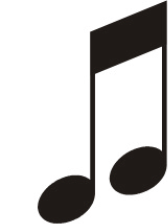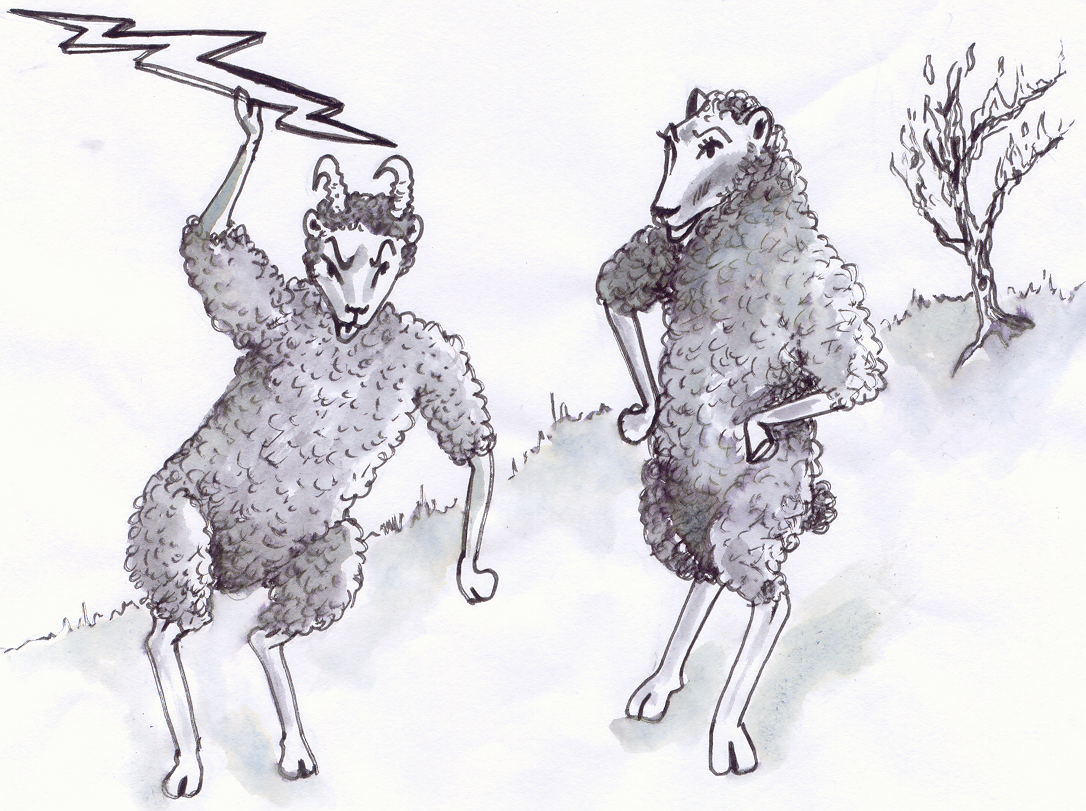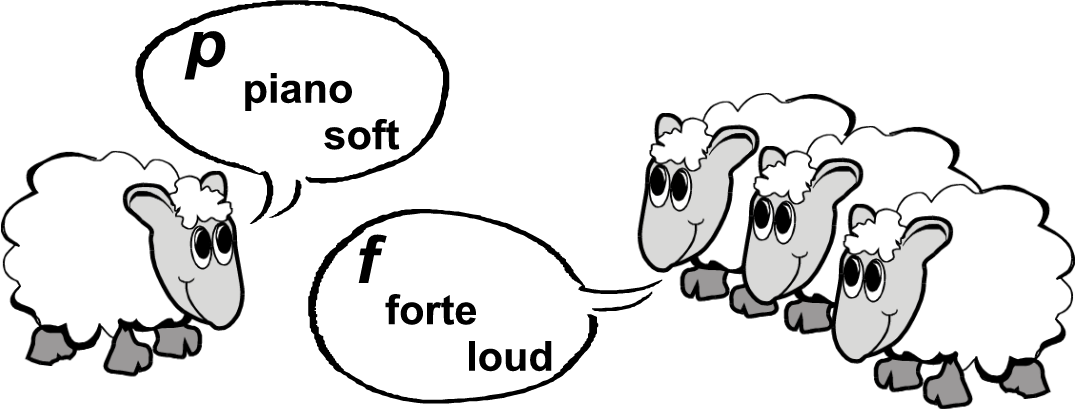| << Chapter < Page | Chapter >> Page > |

What is expected of me?
The final product must produce sound (make), otherwise it is not an instrument!
Use any available or waste products – tins, sticks, paper plates, stones, empty toilet rolls, shells, copper pipes, dry beans and nails, to name but a few!
DO NOT BUY ANYTHING.
Experiment with SOUND:
What techniques can be used?
(shake, tap, scrape, etc.)
How can I change the sound? (high/low; hard/soft; clear/muffled)
E xample 1

Use two pencils as drumsticks . Tap them against one another and make your own conclusions about the change in sound.
Would thin sticks make the same sound as thicker ones? ……………………..
What is the difference in sound? …………………………………………………..
Would the sound change if you tapped on different spots on the pencil?………
How does the sound change when tapping the point versus taping the middle?
………………………………………………………………………………………….
E xample 2

An empty tin with a plastic lid.
How can the tin be used as a:
Drum ? …………………………………………………………………………………
Marakka ? ……………………………………………………………………………..
How can the sound be changed when using these instruments?
Marakka ………………………………………………………………………………
Drum ………………………………………………………………………………….
Other possibilities:

Look around you! What can you use to produce sound? Practically every object that you touch can be used to produce sound! Be original.
Your educator will play name games with you.
Complete the following by adding your name in Morse code.
| What is your name.▬ ▬▬▬▬ | my name is 4 |
If we substitute a note with silence, we call it a …………………………..
| Complete: | ||
| Write the notes in Morse code: | What are the notes called? | |
 |
||
 |
||
 |
||
Pitch means how high or low a note is
Complete the following:
| Pat is my name.▬ ▬▬▬▬ | What is your name? |
Write down your name the way it is pronounced - distinguish between high and low:
Example:
| Ja – son ▬ ▬ | or | Ja – son ▬ ▬ | or | Ja – son ▬ ▬ |
………………………………………………………………………………
Game:
Paste the two patterns which you must practise and perform, here:
Write down your own pattern in Morse code or notation.
Your educator will read a folk tale from Nigeria to you – twice. Listen to the story and take in the details.

Long ago Thunder and Lightning lived on earth among the people. Thunder and Lightning were sheep; Thunder was the mother and Lightning was her son, a ram. These two animals were not popular among the people, as Lightning was always looking for trouble. As soon as they disagreed with him, he became furious and set everything around him on fire, even the huts and trees. 1 In this way he often destroyed the harvest on farms, and occasionally even people who were in his way were killed.
As soon as Thunder discovered that Lightning behaved in such a manner, she shouted at him as loudly as she could - this was very, very loud! 2 Each time this happened, the neighbours became very upset: first about the damage caused by Lightning and secondly about the unbearable noise from his mother which always followed his outbursts. 3
The villagers often complained to the king, until the king eventually sent these two to the outskirts of the village informing them that they may no longer have any contact with the inhabitants. 4 This however did not help, as Lightning was still able to see the inhabitants walking around and could still bother them. 5 6 7
The king commanded them to appear before him: 8 "I have given you several chances for a better life, but I see that it is hopeless. You will leave our village and go and live in the wild bush. We never want to see you here again.”
Thunder and Lightning had no choice but to obey the king and to accept the king's decision. They left the village, but remained angry with the inhabitants.
A great deal of trouble still awaited the inhabitants.
Lightning was so angry that he had been banned, that he set the whole bush alight. As it was very dry, the flames spread to the adjacent little farms and even to some of the huts. 9 Once again, the people were desperate. They heard his mother's mighty voice trying to stop her son, but as always it was too late, as the damage had already been done. 10 11
The king called all his counsellors together to ask for help. After a long debate, they eventually came up with an idea. They decided to ban both Thunder and Lightning off the face of the earth. They had to go and live in the sky. This, the king told them. 12
Thus they were sent off to live in the sky where they could not harm the people. At least this is what they hoped!
But things did not quite work out this way.
Lightning still loses his temper and from time to time cannot resist sending fire to the earth. Then you can hear his mother's loud, rumbling reprimand. 13 14 15 16
The class will be divided into four groups: each group is represented by a specific symbol, like the examples below. Indicate in which group you are.




My pattern:
………………………………………………………………………………………….
Now, use the symbols to tell the story!
As soon as you know the story in music, you may read the story a second time and decide where you must play loudly and where softly. The further away Thunder and Lightning are sent, the softer the sound; the angrier the people become, the louder the sound!

pp = very soft
ff = very hard
mp = moderately soft
mf = moderately loud
LEARNING OUTCOME 1: CREATING, INTERPRETING AND PRESENTING
The learner will be able to create, interpret and present work in each of the art forms.
We know this when the learner:
1.6 uses voice, body and found or made instruments to explore sounds and silence related to walking, running, and skipping note values, in order to explore rhythms and to create sound pictures;
1.7 composes and presents a short rhythmic pattern that has crotchets, crochet rests, minims and minim rests through body percussion;
1.8 makes in various tone colours, a simple wind instrument such as a Kazoo or Tshikona / Dinaka pipes, or percussion instruments such as shakers;
1.9 creates and presents melodies using voice and sound and natural instruments to demonstrate difference in pitch and note values.

Notification Switch
Would you like to follow the 'Arts and culture grade 4' conversation and receive update notifications?